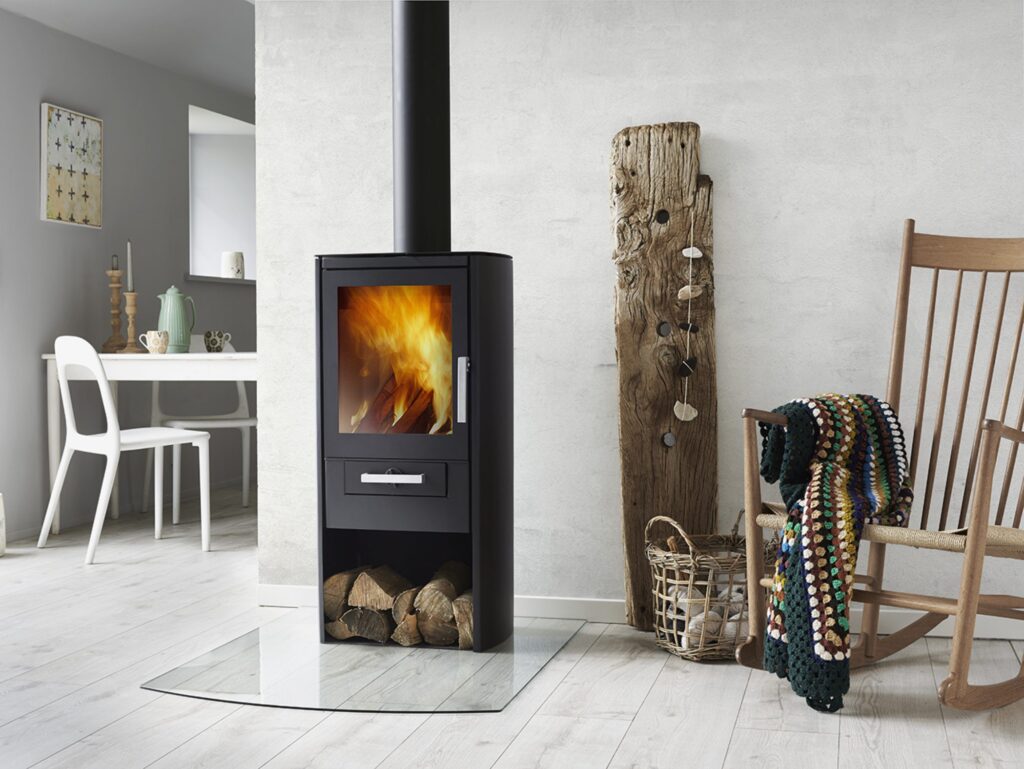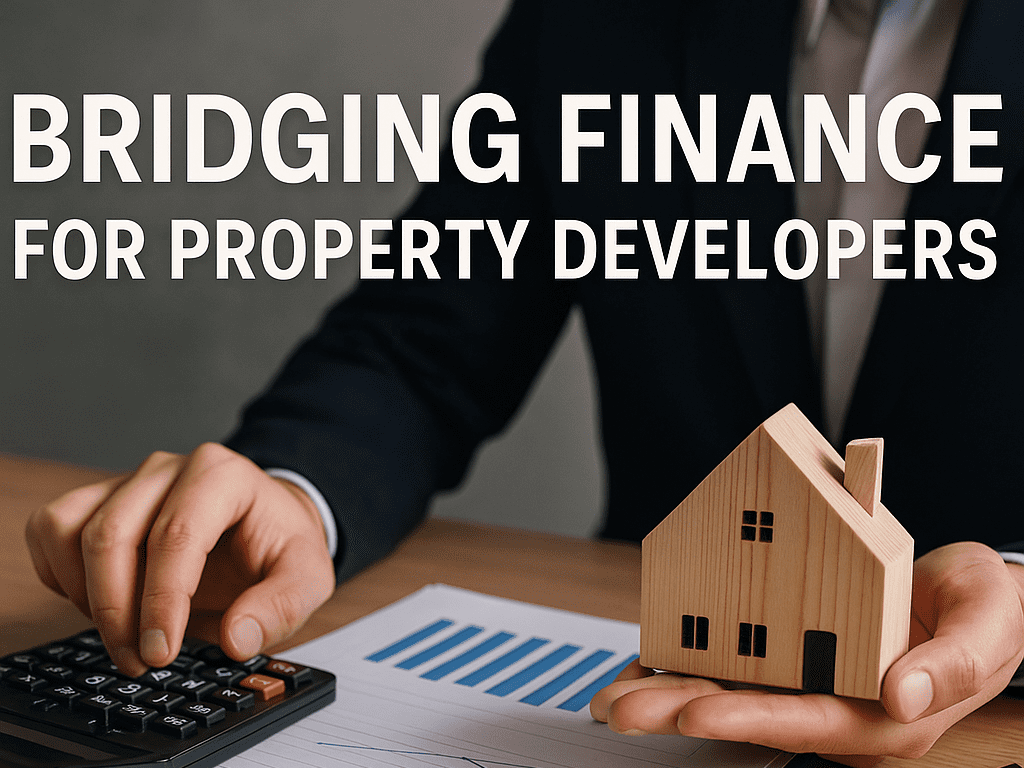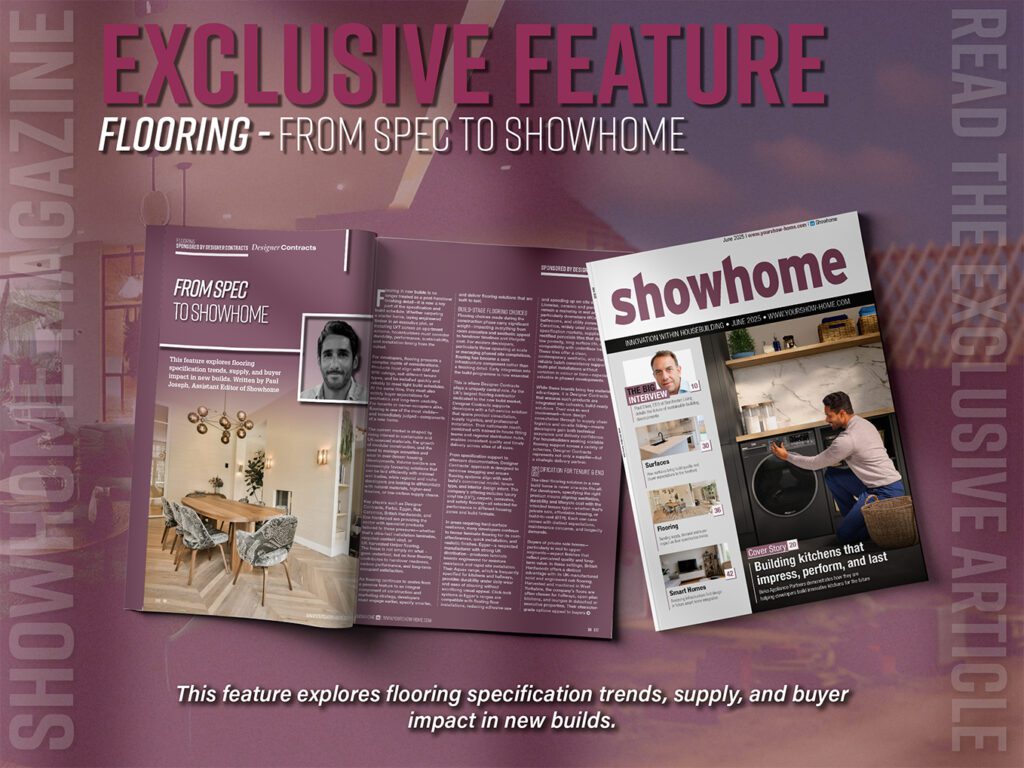Showhome Managing Editor Rebecca Morpeth-Spayne sat down with Pulse Fibre’s Operations Director Robert Buckingham, to gain insight into the most popular broadband solution for housing developers
While the internet is believed to have first been introduced by government researchers in the 1950s, the first real milestone came in 1965, when Lawrence Roberts, responsible for developing computer networks at the Advanced Research Projects Agency (ARPA), successfully made two separate computers in different locations “talk” to each other for the first time. This experimental link employed a telephone line with an acoustically coupled modem, which then transferred digital data using packets. This packet switching system created by ARPA was known as ARPANET.
However, as the ARPANET project did not offer different computers a standard way of communicating with each other, it is not until January 1, 1983, when a new communications protocol was established, that the official birthday of the internet was marked. This new communications protocol was known as Transfer Control Protocol/Internetwork Protocol (TCP/IP) and allowed different kinds of computers on different networks to exchange messages with each other. The ARPANET and the Defense Data Network officially changed to the TCP/IP standard January 1, 1983, hence this date being widely considered as the internet’s official birthday.
Since then, the internet has come on leaps and bounds, with the reign of dial-up having been surpassed by broadband, which was recognised as a utility by the UK in 2015, with the government issuing a ‘universal service obligation’ to providers. This meant that all homeowners across the nation had a legal right to an affordable internet connection, giving equal importance to broadband as electricity and water. But the UK was considerably behind other European countries when it came to internet speed. While many other countries were already going fully fibre, with faster fibre-optic cables connecting to the home rather than to a nearby street cabinet, the UK still had little presence of it.
Full-fibre, or fibre-to-the-premises connections plug fibre-optic cables straight to the home and therefore avoid any contact with copper, so much more data can be transferred at any given time, thus allowing speeds to reach in excess of 1000Mbps (1Gbps) – a speed that very quickly became an objective for the UK market and which lead the government to pledge to connect 85% of UK homes to gigabit internet by 2025. Very soon, lots of smaller broadband networks joined market leaders like BT and Virgin Media, taking advantage of government funding and promising to connect millions of UK dwellings to full fibre.
In 2019, the market providing full-fibre networks had grown quite substantially and connections were increasingly fast, with alternative networks (alt-nets) like CityFibre, KCOM, Hyperoptic and Pulse Fibre becoming household broadband names across the nation. Now, in 2023, full fibre has become the preferred broadband solution for housing developers and homeowners alike. Hyperoptic’s New Build Director, Joanne Dunning, explained to Showhome that, “Developers have a responsibility to ensure they future proof their homes for their customers. By 2030, each person will have 15 connected devices – so a four-person household will have 60 plus devices requiring brilliant broadband in every part of the house. That’s a huge ask, and one that only full fibre can deliver.”
In order to find out more about how full-fibre broadband works and why it is the recommended solution for new build developments, I spoke to Pulse Fibre’s Operations Director Robert Buckingham.
What types of broadband and what are their main characteristics/features?
Broadband technology encompasses various methods of delivering high-speed internet connectivity to users. Fibre-to-the-Premises (FTTP) is a cutting-edge solution that involves the deployment of fibre-optic cables directly to homes or businesses. FTTP offers unparalleled speed and reliability, as fibre-optic cables transmit data using light signals, resulting in ultra-fast downloads and uploads, low latency, and minimal signal degradation over long distances. This technology is well-suited for data-intensive tasks like streaming 4K/8K videos, online gaming, and large-scale file sharing.
Fibre-to-the-Cabinet (FTTC) is another broadband option that utilises fibre-optic cables to connect a local cabinet. However, the final connection from the cabinet to the premises is typically achieved using traditional copper-based phone lines. While FTTC still provides improved speeds compared to traditional copper-based connections, the reliance on copper for the last mile can lead to decreased speeds over longer distances and greater susceptibility to signal interference, resulting in potentially reduced performance.
Copper-based broadband is widely available and often more affordable, it offers lower speeds and higher latency compared to fibre-optic alternatives. Copper performance can also be influenced by the distance between the user and the nearest telephone exchange, with greater distances leading to reduced speeds.
In summary, FTTP stands out for its exceptional speed and reliability due to its use of fibre-optic cables all the way to the premises. FTTC combines fibre-optic infrastructure with copper connections for the last stretch, offering improved speeds over traditional copper-only connections. Copper-based broadband (DSL) is more widespread but tends to offer slower speeds and higher latency, making it suitable for basic internet usage but less ideal for demanding online activities.
How have the types of broadband preferred by housing developers changed over the last decade?
Over the past decade, there has been a notable shift in the preferred types of broadband technology among housing developers. At the beginning of the decade, developers often relied on traditional copper-based broadband, due to its widespread availability and relatively lower installation costs. However, as digital lifestyles evolved and the demand for high-speed internet skyrocketed, developers began to lean more towards advanced solutions like Fibre-to-the-Premises (FTTP) and Fibre-to-the-Cabinet (FTTC). FTTP gained traction for its unmatched speed and reliability, becoming increasingly favoured in new developments aiming to provide residents with cutting-edge connectivity for bandwidth-intensive tasks.
What type/types of broadband are the most common in new build developments? Why?
In new build developments, Fibre-to-the-Premises (FTTP) broadband has become the most common and preferred type of internet connectivity. FTTP technology involves deploying high-speed fibre-optic cables directly to homes and businesses, providing unparalleled speed, reliability, and future-proofing capabilities. This choice reflects the increasing demand for fast and seamless online experiences in modern living spaces. Developers recognize that FTTP not only meets the present need for data-intensive activities like streaming, gaming and remote work but also anticipates the growing requirements of emerging technologies such as virtual reality, augmented reality, and IoT. By offering FTTP as a standard option, new build developments ensure that residents have access to cutting-edge connectivity, enhancing the overall quality of life and the market value of the properties.
What is full fibre and how does it work? What are the benefits? Any drawbacks?
Fibre broadband, also known as fibre-optic broadband, is a high-speed internet connection technology that utilises thin strands of glass or plastic fibres to transmit data using light signals. This advanced technology offers significantly faster and more reliable internet speeds compared to traditional copper-based connections. Fibre-optic cables can carry large amounts of data over long distances without signal degradation, making them well-suited for delivering high-bandwidth services.
Fibre broadband works through the process of total internal reflection, where light signals bounce off the inner walls of the fibre strands, effectively guiding the data as it travels. This enables data to be transmitted at the speed of light, resulting in incredibly fast download and upload speeds, low latency, and a consistent connection even during peak usage times. The benefits of fibre broadband include its ability to handle data-heavy tasks like streaming high-definition videos, online gaming, and video conferencing without buffering or lag. Additionally, it supports multiple devices simultaneously, making it ideal for households with multiple users.
However, there are a few drawbacks to consider. The installation of fibre-optic infrastructure can be more expensive and time-consuming compared to traditional copper-based networks, which might lead to higher initial costs for providers and, potentially, customers. Additionally, the availability of fibre broadband can be limited in certain areas, especially in rural regions, due to the investment required for extensive network expansion. Despite these limitations, the advantages of fibre broadband in terms of speed, reliability, and its ability to meet the demands of modern internet usage make it a favoured choice for those seeking the best online experience.
What common difficulties have you found housing developers experience when it comes to choosing the right broadband?
Housing developers often face several challenges when it comes to choosing the right broadband infrastructure for their projects. These difficulties can vary depending on the location, scale, and specific requirements of the development, but some common issues include:
In many areas, especially rural or less densely populated regions, high-speed broadband infrastructure may not be readily available. Developers may need to invest in building the necessary infrastructure themselves, which can be costly and time-consuming.
Developers need to plan for the long-term and ensure that the chosen broadband infrastructure can support evolving technology demands. What works well today, may become outdated in a few years, so anticipating future needs is crucial.
Identifying reliable and reputable service providers can be challenging. Developers need to assess providers’ track records for uptime, customer support, and adherence to service level agreements this as well as the quality of the broadband service directly impacts the user experience for residents or tenants. Slow or unreliable internet can lead to dissatisfaction and negatively affect property values.
Broadband infrastructure can scale to accommodate growing demand as more residents or businesses move into the development, but this does need to be considered at point of engagement. This is also true for smart home technology, which is becoming more prevalent, developers may need to consider how the broadband infrastructure supports the connectivity requirements of these devices and systems.
Why do you recommend that housing developers choose full fibre as opposed to any other alternative?
We recommend that housing developers choose full–fibre, specifically Fibre-to-the-Premises (FTTP), as their preferred broadband solution due to its numerous advantages over other alternatives. FTTP offers unparalleled speed, reliability and future-proofing capabilities, making it an ideal choice for meeting the escalating demands of modern residents. Its ability to deliver symmetrical upload and download speeds at the speed of light ensures seamless streaming, gaming, remote work, and emerging technologies like virtual reality.
By offering FTTP in new build developments, developers not only enhance the overall quality of life for residents but also significantly increase the market value of the properties, as access to high-speed, reliable internet has become a critical consideration for potential buyers and tenants. Furthermore, in the long run, the fibre-optic infrastructure proves to be more resilient to future technological advancements and provides a robust foundation for upcoming innovations, thereby securing the development’s relevance in an increasingly digital world.
What are your predictions for the upcoming 5 – 10 years with regards to broadband in new build developments?
Over the next 5 to 10 years, broadband technology in new build developments is poised for transformative advancements. Fibre-to-the-Premises (FTTP) will likely continue its dominance as the preferred choice for developers, becoming more commonplace due to its unmatched speed and reliability. As technology evolves, we can expect to see even faster FTTP options, with gigabit and multi-gigabit connections becoming standard offerings. The integration of 5G networks within new developments will also gain momentum, providing wireless broadband alternatives that can complement traditional wired connections.
Moreover, the concept of “SMART cities” will become more tangible as broadband infrastructure becomes the backbone for various IoT devices, enabling efficient urban management and enhancing residents’ daily lives. With the rise of remote work and virtual collaboration, developers might focus on creating work-friendly living spaces, incorporating advanced broadband connectivity that supports high-quality video conferencing and seamless communication.
However, challenges remain, particularly in ensuring equitable access to these advanced technologies. Efforts to bridge the digital divide and extend high-speed broadband to underserved areas will continue to gain importance. Developers might also explore sustainable solutions, incorporating energy-efficient designs and materials that align with the growing environmental consciousness.
In essence, the upcoming years are likely to witness broadband in new build developments evolving to meet the demands of a digitally connected world, offering faster speeds, greater reliability and enhanced integration with emerging technologies that redefine the concept of modern living.
Read more news and exclusive features in our latest issue here.
Never miss a story… Follow us on:
Showhome
@Your_Show_Home
@Showhomemag
Media Contact
Joseph Clarke
Editor, Showhome
Tel: +44 (0) 1622 823 920
Email: [email protected]











